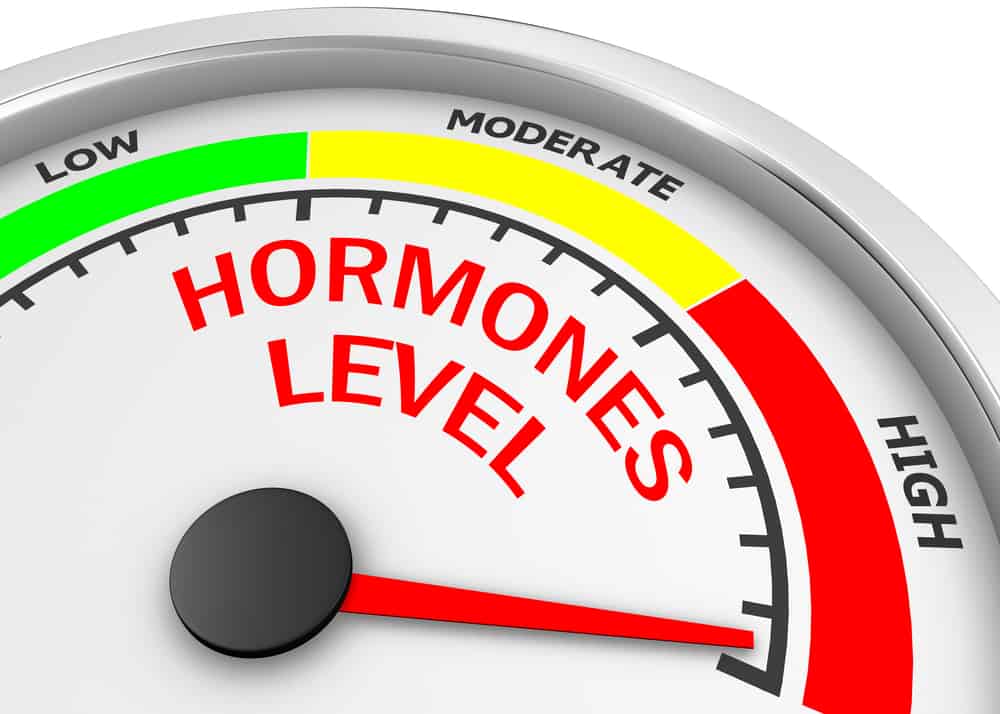Contents:
Medical Video: Medical School - How to Read a Chest X-ray Lesson 1
Definition
What is a chest x-ray?
Chest X-ray or chest X-ray is a chest photo that shows your heart, lungs, respiratory tract, blood vessels, and lymph nodes. Chest radiographs can also show the spine and chest, including the bones of the breast, ribs, collarbone, and the top of your spine.
Chest X-ray is the most commonly used imaging test to find chest problems. Chest X-rays can show a variety of conditions in your body, including:
- Lung problems. Chest X-rays can detect cancer, infection, or collecting air in the space around the lungs (pneumothorax). This test can also indicate chronic lung conditions, such as emphysema or cystic fibrosis, and complications associated with this condition.
- Heart problems associated with the lungs. Chest X-rays can show changes or problems in your lungs whose problem comes from the heart. For example, fluid in the lungs (pulmonary edema) is a result of congestive heart failure.
- The size and shape of your heart. Changes in the size and shape of your heart may indicate heart failure, fluid around the heart (pericardial effusion) or heart valve problems.
- Blood vessel. Because the location of the large vessels close to your heart - the aorta and pulmonary arteries and veins - is seen on X-rays, problems such as aneurysm aortic, or other vascular problems and congenital heart disease can be seen.
- Calcium deposit. Chest X-rays can detect calcium in your heart or blood vessels. This indicates damage to the heart cavity, coronary arteries, heart muscles, or protective sacs that surround the heart. Calcium deposits in your lungs are often from old infections that have not healed.
- Fracture. Broken bones in the ribs or spine or other problems with bones can be seen with a chest x-ray.
- Post-operative changes. Chest radiographs are useful for monitoring the healing process after you have performed surgery on the chest, such as the heart, lungs or esophagus. Your doctor can see any lines or tubes placed during the operation to check for air and fluid leakage or air buildup.
- Pacemakers, defibrillators, or batteries. Pacemakers and defibrillators have wires attached to your heart to ensure your heart rate and normal rhythm. Katerer is a small tube used to give medicine or dialysis. Chest X-rays are usually taken after placing a medical device to make sure everything is in the right position.
Usually two pictures are taken, one from the back of the chest and the other from the side. In an emergency when only one X-ray image is taken, usually the front will be used.
When should I have a chest x-ray?
Chest X-ray is the first procedure you will go through if your doctor suspects heart or lung disease in you. This test can also be used to check your response to treatment. Your doctor will recommend a chest x-ray if you have the following symptoms:
- stubborn cough
- chest pain due to chest injury (the possibility of rib fractures or pulmonary complications) or due to heart problems
- bleeding cough
- difficulty breathing
- fever
This test can also be done if you have signs of tuberculosis, lung cancer, or other chest or lung disease.
Prevention & warning
What should I know before undergoing a chest x-ray?
Doctors may not always get the information they need from a chest x-ray to find out the cause of the problem. If the results of X-rays are not normal or do not provide enough information about chest problems, X-rays are more specific or other tests can be done, such as computed tomography (CT) scans, ultrasound, echocardiogram, or MRI scans.
The X-ray test results may differ from the results of previous tests because you were examined at a medical center or had a different type of test. Some conditions may not appear on chest x-rays, such as small cancers, pulmonary embolus, or other problems hidden in the normal structure of the chest. Certain workers, such as people who work with asbestos, may need regular chest radiographs to check for problems caused by asbestos.
Process
What should I do before undergoing a chest x-ray?
Chest X-rays do not require special preparation. You may be asked to take off some or all of the clothes and wear special clothes for examination. You may also be asked to remove jewelry, dental equipment, glasses and metal objects or clothing that might interfere with X-rays.
Women should always tell their doctor or radiologist if there is a possibility of being pregnant. Many imaging tests are not carried out during pregnancy so the fetus is not exposed to radiation. If X-rays are needed, prevention will be carried out to minimize radiation exposure to the baby.
How is the chest x-ray process?
You usually stand with your front facing the X-ray plate for shooting. If you need to sit or lie down, someone will help you in the right position.
You will be asked to stay still during the x-ray to prevent images from appearing blurred. You may be asked to hold your breath for a few seconds while an x-ray is taken.
Most hospitals and some clinics have x-ray portable machines. If a chest radiograph is done with a portable x-ray machine beside your bed in the hospital, a radiologist and nurse will help you move to the right position. Usually only one image from the front position is taken.
What should I do after undergoing a chest x-ray?
You can return to normal activities right after the test. Chest X-ray results can be available immediately for review by your doctor. Follow-up checks may be needed, and the doctor will explain the exact reason why another examination is needed. If you have questions relating to the process of this test, consult your doctor for a better understanding.
Explanation of Test Results
What do the test results mean?
In an emergency, a chest x-ray will be immediately available in a few minutes for your doctor to review.
Normal chest x-ray results
- The lungs look normal in size and shape, and lung tissue looks normal. No growth or other mass can be seen in the lungs. The pleural space (space surrounding the lungs) also looks normal.
- The heart looks normal in size and shape, and heart tissue looks normal. Blood vessels from and leading to the heart are also normal in size, shape, and appearance.
- Bones including the spine and ribs look normal.
- The diaphragm looks normal in shape and location.
- There is no abnormal buildup of fluid or air, and no foreign matter is seen.
- All tubes, batteries, or other medical devices are in the right position inside the chest.
Abnormal chest radiograph:
- There is an infection, such as pneumonia or tuberculosis.
- Problems such as tumors, injuries, or conditions such as edema due to heart failure may be seen. In some cases, further X-rays or other tests will be needed to see the problem more clearly.
- There are problems such as enlargement of the heart — which can lead to heart failure, heart valve disease, or fluid around the heart. Or there are problems with blood vessels, such as enlargement of the aorta, aneurysm, or hardening of the arteries (atherosclerosis).
- Visible fluid in the lungs (pulmonary edema) or around the lungs (pleural effusion), or air seen around the lung cavity (pneumothorax).
- Visible fractures in the ribs, collarbone, or spine.
- There is an enlarged lymph node.
- Foreign objects are seen in the esophagus, breathing tube, or lungs.
- Tubes, batteries, or other medical devices shift from the original position.
Hello Health Group does not provide medical advice, diagnosis or treatment.












